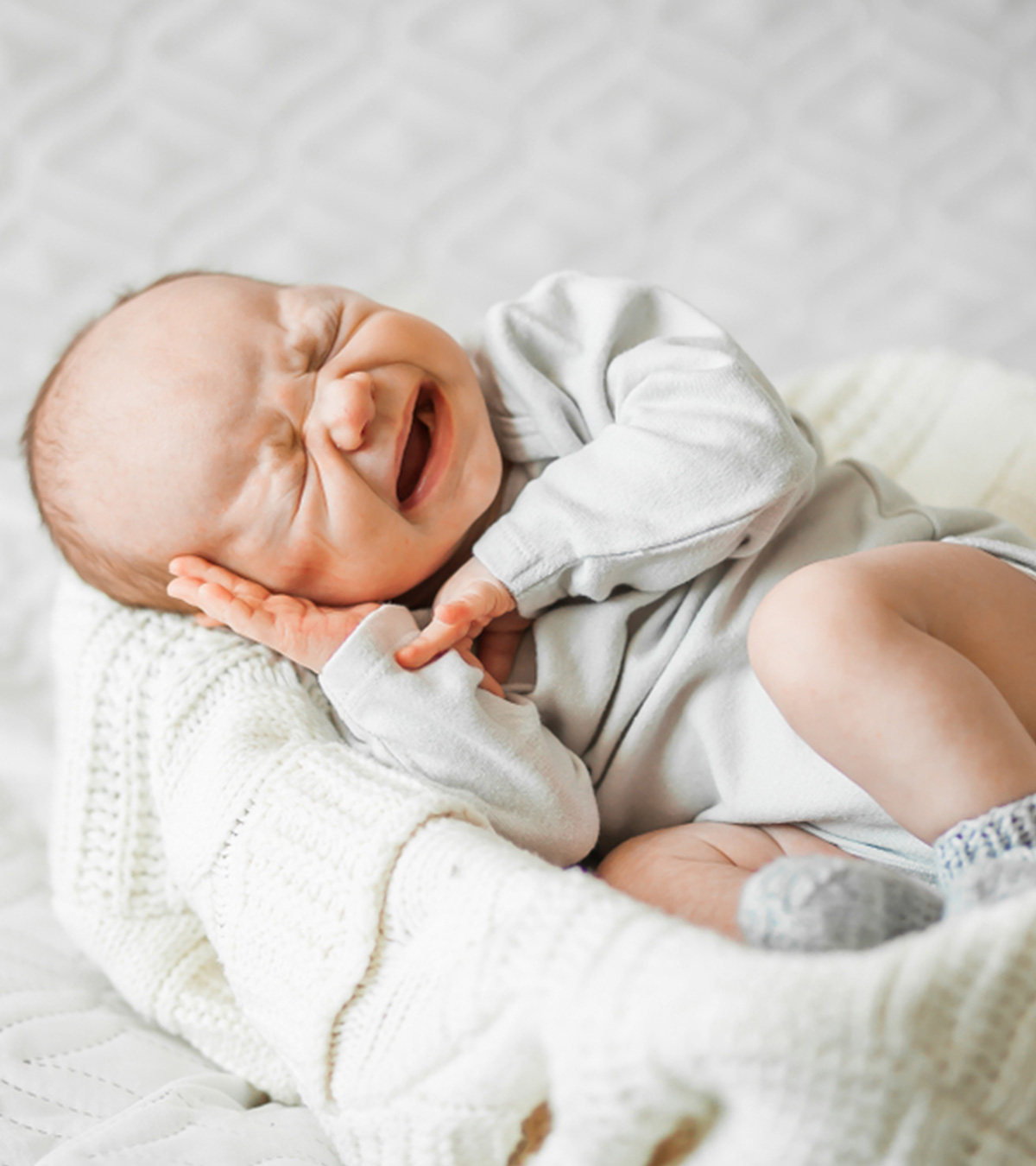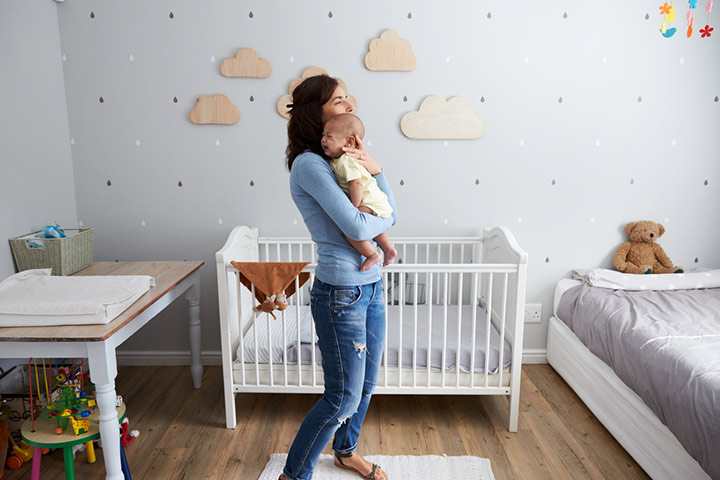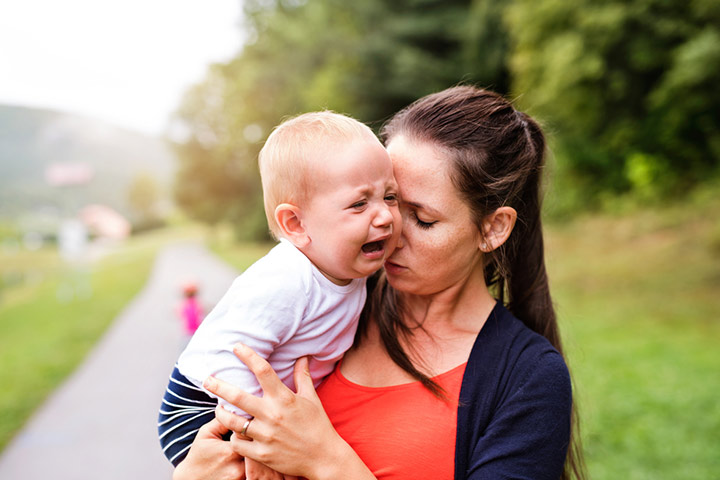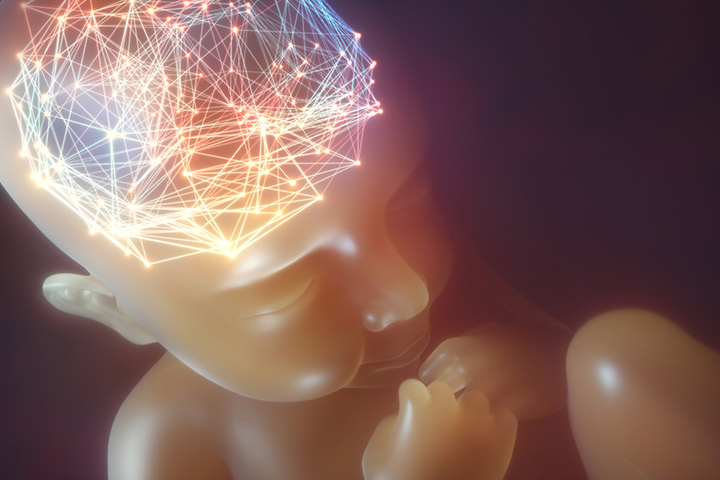
Image: Shutterstock
It’s interesting how babies immediately stop crying when you stand up with them in your arms and gently rock them. It seems almost as if they’re throwing one of their many tantrums and seeking attention. Gently swaying them on your lap doesn’t seem to work; distracting them with their favorite toy doesn’t seem to work — they continue crying. However, the minute you spring up, the crying seems to stop. What exactly is this behavior, and why is your little one behaving this way?
The Science Behind It
Image: Shutterstock
Although it might seem like your child is just a spoilt brat, the truth is that there is a scientific explanation that supports this behavior. A study was conducted in 2013 to assess this behavior in infants. This study, published by Current Biology, clearly states that most infants below the age of six months stopped crying as soon as the mother stood up and gently rocked the infant. Crying was not the only thing that stopped. The baby seemed to have stopped most voluntary movement as well. The child was also calmer, and the rapid heart rate seemed to have decreased (1).
Another interesting observation was made in this study. This behavioral pattern was observed not just in human babies but also in a few mammals (2).
All About The Study
For this study, researchers who were involved monitored twelve healthy infants. These infants were aged between one month to six months. The goal of this study was simple — they wanted to understand the most effective way to stop a baby that has been crying. Throughout the study, the researchers monitored the response when they began to cry. There was a significant difference in their behavior when the mothers started to stand up and carry their babies around, gently rocking them. The same study was also conducted on mice. The results showed that mice, too, displayed the same behavioral tendencies (3).
So Why Do Babies Behave This Way?
The answer lies in evolution. Humans have a fight or flight instinct. Back in the days, at the sight of danger that cannot be fought, the only option left was to flee. When a parent runs from trouble with the babies in their arms, it was an instinct for them to lay still. A lot of cardiac, motor and central regulations come into play.
Additionally, for millions of years, babies have evolved to being carried around. In the time of danger, the parent does not sit comfortably and rock the baby to sleep. Instead, the caretaker first stands up and flees. The part where you stand up has still stuck around, rooted deeply in your child’s evolutionary physiology (4).
From the comfort of the womb, babies are suddenly exposed to the world. If you haven’t noticed this before, babies get startled even with the slightest noise or movement, and they perceive it as danger (5). Once the danger has been perceived, the subsequent response is for the baby to cry. As soon as you carry the baby and stand up, the baby tends to calm down, assuming that the threat is gone, as the caretaker has carried the child along for the flight response.
It’s easy to assume that your infant is just being a brat, but the truth is, your little one can’t help it! It is a part of their instinct, just like how it was your natural instinct to carry your baby and walk around the minute the crying began. If your newborn doesn’t seem to stop crying despite this, there might be other reasons for distress. This can include hunger or a soiled diaper. Tell us some of your experiences with your little one. Has standing up and carrying your child around worked for you? Let us know your thoughts!















